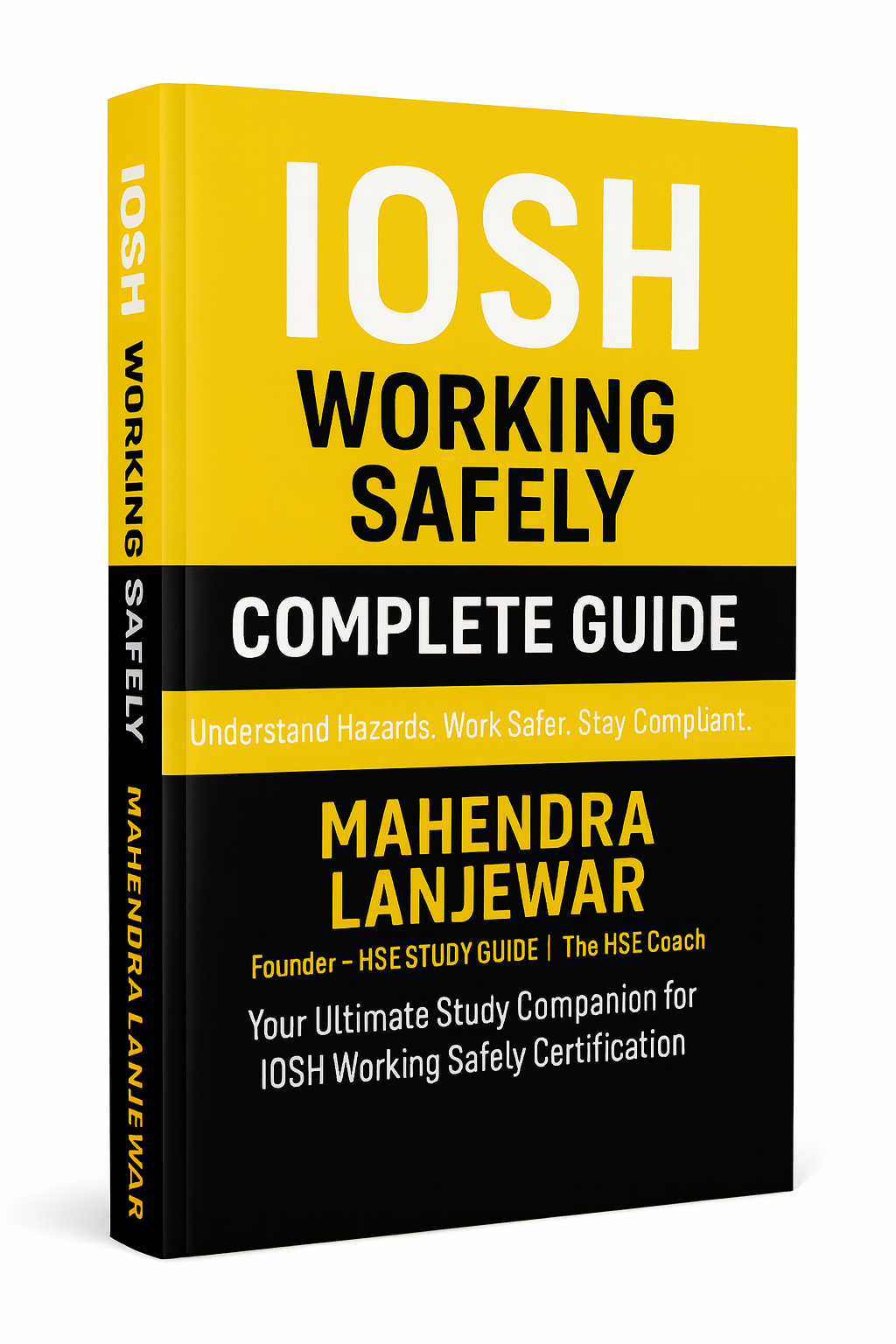
Introduction
How To Become Safety Supervisor : Safety in the workplace is of utmost importance, and organizations rely on safety supervisors to ensure that employees and visitors are protected from potential hazards. Safety supervisors play a crucial role in preventing accidents and injuries while maintaining a safe work environment. If you have a passion for safety and wish to embark on a rewarding career, becoming a safety supervisor might be the right path for you. In this article, we will explore the steps and qualifications required to become an effective safety supervisor.
How To Become Safety Supervisor
What is a Safety Supervisor?
A safety supervisor is responsible for overseeing and implementing safety policies and procedures within an organization. They collaborate with management and employees to create a culture of safety, identify potential hazards, conduct safety inspections, and ensure compliance with safety regulations.
The Importance of Safety Supervisors
Safety supervisors play a pivotal role in reducing workplace accidents and injuries. By promoting a safe work environment, they not only protect employees from harm but also contribute to increased productivity and reduced downtime. Moreover, adherence to safety standards enhances an organization’s reputation and can lead to improved employee morale.
Qualifications and Skills Required to Become a Safety Supervisor
To become a safety supervisor, certain qualifications and skills are essential. While educational requirements may vary, a bachelor’s degree in occupational health and safety, industrial engineering, or a related field is often preferred. Additionally, certifications from recognized safety organizations, such as the Occupational Safety and Health Administration (OSHA), can significantly enhance your prospects.
Steps to Becoming a Safety Supervisor
Step 1: Obtain Relevant Education and Training
Start by pursuing a relevant degree or diploma that focuses on workplace safety, risk management, and occupational health. This educational foundation will provide you with the necessary knowledge and understanding of safety principles.
Step 2: Gain Practical Experience
Acquire practical experience by interning or working in positions related to safety. Practical exposure allows you to apply theoretical knowledge in real-life scenarios, giving you valuable insights into the challenges faced in maintaining workplace safety.
Step 3: Acquire Certifications
Earning certifications, such as OSHA’s Certified Safety and Health Official (CSHO) or Certified Safety Professional (CSP), demonstrates your expertise and dedication to safety. These certifications are highly regarded in the industry and can set you apart from other candidates.
Step 4: Develop Leadership and Communication Skills
As a safety supervisor, you’ll be responsible for leading and guiding teams. Developing strong leadership and communication skills will help you effectively convey safety procedures and encourage cooperation from employees.
Step 5: Stay Updated with Safety Regulations
Safety regulations and best practices evolve over time. Stay informed about the latest changes in safety standards and implement them in your workplace. Continuous learning is key to becoming a successful safety supervisor.
Responsibilities of a Safety Supervisor
Safety supervisors shoulder numerous responsibilities to ensure the well-being of employees and visitors. Some of their key duties include:
– Ensuring Workplace Safety
Safety supervisors must actively monitor the workplace to identify and mitigate potential hazards that could jeopardize employee safety.
– Conducting Safety Inspections
Regular safety inspections are conducted to assess the effectiveness of existing safety measures and identify areas that require improvement.
– Training Employees on Safety Protocols
Safety supervisors organize training sessions to educate employees about safety procedures, emergency protocols, and the proper use of safety equipment.
– Investigating Incidents and Accidents
In the event of an accident or incident, safety supervisors conduct thorough investigations to determine the root cause and prevent similar occurrences in the future.
– Implementing Safety Programs
They design and implement safety programs that align with organizational goals and comply with industry standards.
Challenges Faced by Safety Supervisors
Safety supervisors encounter various challenges while carrying out their duties. Some of the common challenges include:
– Balancing Production and Safety
Striking a balance between productivity and safety is often a delicate task. Safety supervisors must find ways to maintain efficiency without compromising on safety measures.
– Dealing with Resistance to Safety Measures
Some employees may resist following safety protocols, which can hinder a safety supervisor’s efforts. Effective communication and leadership skills are crucial in overcoming such resistance.
– Handling Emergency Situations
During emergencies, safety supervisors must stay calm and act swiftly to ensure the safety of everyone on the premises.
Tips for Effective Safety Supervision
To excel as a safety supervisor, consider the following tips:
– Lead by Example
Demonstrate a strong commitment to safety by adhering to all safety protocols yourself. Leading by example encourages others to follow suit.
– Encourage Employee Involvement
Involve employees in safety initiatives, encourage their suggestions, and recognize their contributions to fostering a safer workplace.
– Foster a Safety Culture
Create an environment where safety is ingrained in the organization’s culture, making it a shared responsibility among all employees.
– Regularly Review and Improve Safety Procedures
Continuously assess the effectiveness of safety measures and update procedures as needed to stay ahead of potential risks.
Advancement Opportunities for Safety Supervisors
As you gain experience and expertise as a safety supervisor, various advancement opportunities may arise. You could move on to become a safety manager, safety consultant, or even transition to roles in upper management with a focus on safety and risk management.
Conclusion
Becoming a safety supervisor is a rewarding career choice for those passionate about protecting people from harm. By following the outlined steps, acquiring relevant qualifications, and developing essential skills, you can establish yourself as an effective safety supervisor and contribute significantly to creating a safer work environment.
FAQs
1. What educational background do I need to become a safety supervisor? While a bachelor’s degree in occupational health and safety or a related field is preferred, some employers may accept equivalent experience and relevant certifications.
2. What certifications are beneficial for a safety supervisor? Certifications like OSHA’s CSHO or CSP can significantly enhance your prospects as a safety supervisor.
3. What are some challenges of being a safety supervisor? Safety supervisors face challenges like balancing productivity with safety, dealing with resistance to safety measures, and handling emergency situations with quick decision-making.
4. How can I encourage a safety culture in my workplace? To foster a safety culture, lead by example, involve employees in safety initiatives, provide regular safety training, and recognize and reward safe behaviors.
5. What advancement opportunities are available for safety supervisors? As a safety supervisor, you can progress to roles such as safety manager, safety consultant, or even move into upper management positions with a focus on safety and risk management.
























